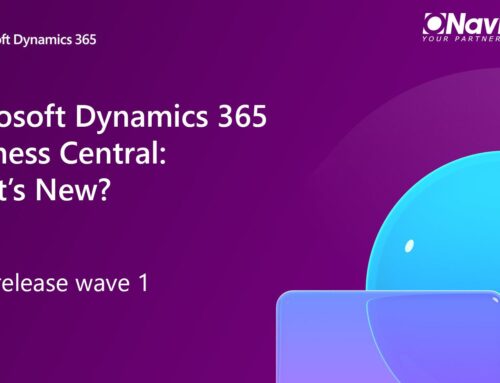Panorama Consulting Clash of the Titans 2017
Raise to Number two spot in top ERP market share rankings claimed by Microsoft Dynamics in this article
In the recent Panorama Cosulting Clash of the Titans 2017 report, Microsoft Dynamics has passed by Oracle to reach the second-from-the-top spot in the ERP market share rankings published by Panorama Consulting.
Some references in articles covering this report confuse Microsoft Dynamics 365 and the entire Microsoft Dynamics family, which also includes Microsoft Dynamics AX, NAV, GP, and SL. Dynamics 365 makes ERP and CRM capabilities familiar from the on-premise Dynamics solutions available in the Azure cloud. Of course, it’s not just a change of venue – in Azure, you can also benefit from the wealth of analytics and other solutions that become available with your cloud subscription.
ERP market share as a vote of confidence
Panorama talked to companies that completed their ERP implementations between October 2015 and November 2016. That means their survey includes organizations that deployed their ERP system before Microsoft Dynamics 365 reached the larger market. Possibly, the results might be even more favorable for Microsoft Dynamics if Dynamics 365 would have been available throughout the period considered in the survey.
Increasing the ERP market share for Microsoft Dynamics may be partly a result of sales and marketing and familiarity with Microsoft products. But it also confirms the direction of Microsoft Dynamics 365 as a powerful cloud ERP that is highly usable and workload-driven. You don’t implement a gargantuan software system over many months, including important and less-needed capabilities. Instead, you bring discrete workloads onto ERP at your preferred rhythm.
According to Panorama Consulting, the average implementation costs for SAP and Oracle both increased while Infor’s decreased. Infor had the fastest ROI generation and SAP the longest payback period.
No doubt these findings are important to companies thinking about deploying ERP. But, when it comes to the cloud, considerations of fit and functionality may be more important to many. While, during the first few years of the cloud boom, cost savings were often promoted as the main advantage of moving to the cloud, a more nuanced view has taken hold.
You can click the following link to the “Top Five Takeaways from the 2017 Clash of the Titans Report” website for more information:



